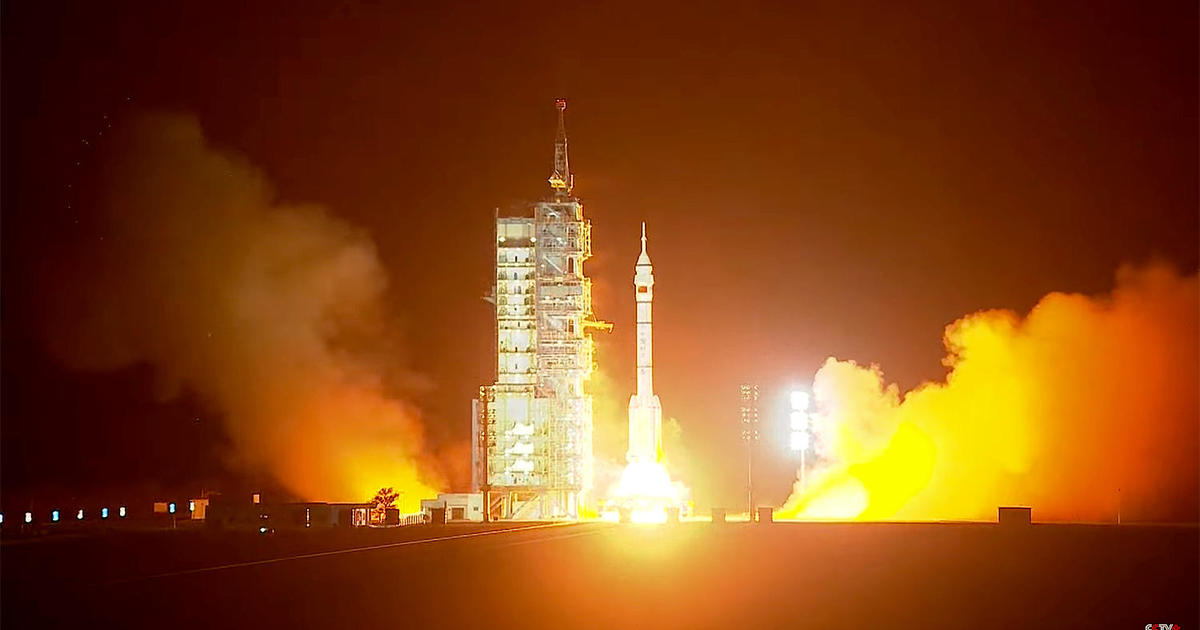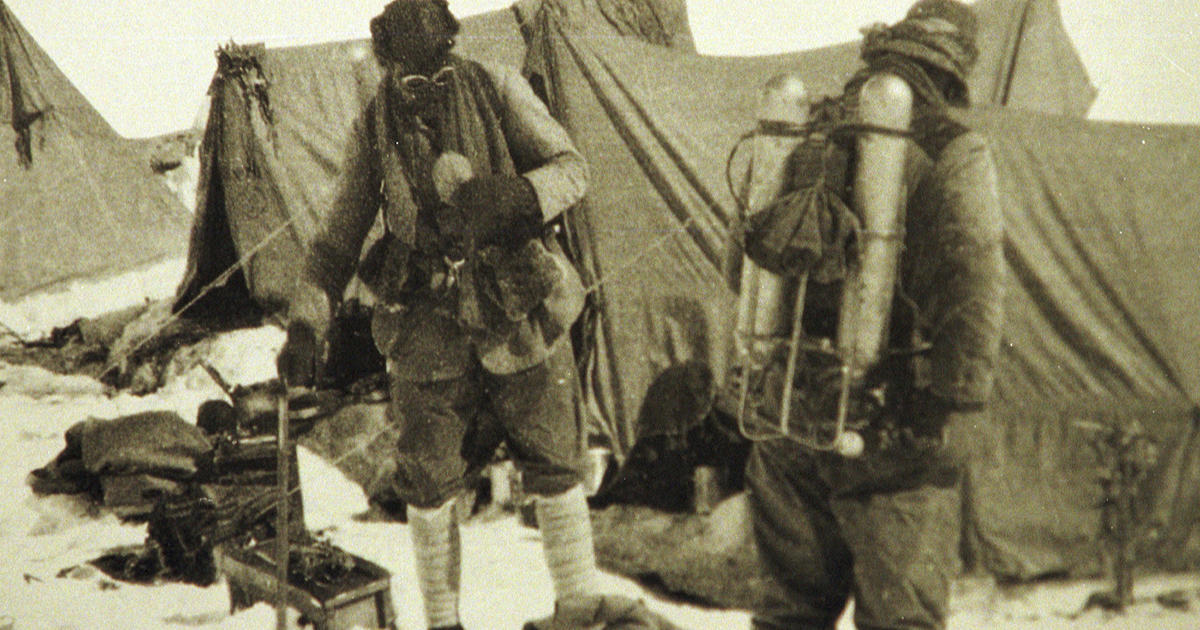NASA gets best look yet at the "deepest, coldest ices" in space that create stars, planets and the "building blocks of life"
Before stars become massive glowing bodies of hot gas and planets develop conditions that can sustain life, they start out as a deep-space plate of tiny, icy ingredients. And now, NASA has gotten the best look at those ingredients yet.
"An international team of astronomers using NASA's James Webb Space Telescope has obtained an in-depth inventory of the deepest, coldest ices measured to date in a molecular cloud," NASA said in a news release on Monday. " ... This is the most comprehensive census to date of the icy ingredients available to make future generations of stars and planets, before they are heated during the formation of young stars."
That census was captured in the Chamaeleon I molecular cloud, which lies about 500 light-years away from Earth and is currently developing "dozens" of stars. This region is part of the 65-light-year-wide Chamaeleon Cloud Complex, which was captured by the Hubble Space Telescope last year.
Using the telescope, astronomers were able to take a deeper look at the "frozen forms" of various molecules, including carbonyl sulfide, ammonia, methane and methanol. Those molecules contain the essential elements – mostly carbon, hydrogen, oxygen, nitrogen and sulfur – that are needed to form planets and stars. Those elements, plus phosphorus, are essential for living organisms.
Astronomer Melissa McClure said that the results help paint a fuller picture of the "dark chemistry stage" of ice formation on interstellar dust grains. That stage, she said, is what leads to the "centimeter-sized pebbles" that eventually turn into planets.
"These observations open a new window on the formation pathways for the simple and complex molecules that are needed to make the building blocks of life," she said.
They also found more complex molecules deep in molecular clouds for the first time ever, a discovery that suggests many stars and planets in the particular cloud studied could inherit advanced molecules. It also suggests that this is a common occurrence after stars are formed that extends beyond Earth's own solar system.
The findings, which were published Monday in Nature Astronomy, were part of the James Webb Space Telescope's Ice Age project, which seeks to learn more about the molecular ingredients that start out as ice forms and eventually evolve into life itself.
"This is just the first in a series of spectral snapshots that we will obtain to see how the ices evolve from their initial synthesis to the comet-forming regions of protoplanetary disks," said McClure. "This will tell us which mixture of ices — and therefore which elements — can eventually be delivered to the surfaces of terrestrial exoplanets or incorporated into the atmospheres of giant gas or ice planets."






